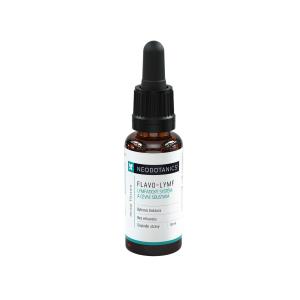Saffron (Crocus sativus)
Other names: autumn crocus, crocus, saffron, carrot
Harm score: 1 (Natural substances)
Saffron, also known as autumn crocus, crocus, saffron or carrot, is a highly valued plant in gastronomy and traditional medicine. This perennial bulbous plant with purple flowers is originally from Asia and is particularly widespread in the Middle East. Today, saffron is cultivated in various parts of the world, including Europe. This flower is not only ornamental, but also significant for its three red threads, which represent the saffron itself. This is the spice that is extracted from the flowers; first the threads are hand-picked, then dried and finally sold as the most expensive spice in the world.
Saffron is mainly used as a spice. A typical product where saffron is often found is Spanish paella, where it adds a characteristic golden colour and strong aroma. In Arabic cuisine, saffron is used in various sauces, couscous and sweet drinks. But saffron is also used in the baking industry, for example in the traditional Swedish Christmas pastry, saffransbullar. Saffron is also used in perfume and cosmetics, added to creams, soaps and body lotions. In medicine, saffron is used for its medicinal properties - it acts as an antioxidant and has a beneficial effect on the digestive system or in the treatment of depression. So this versatile crocus is truly special - whether as a spice, a cosmetic ingredient, a medicine or just a beautiful flower.
Saffron (Crocus sativus) can be found in the following products
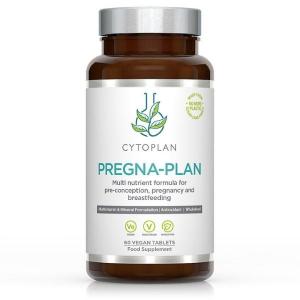
Pregna-Plan Multivitamin for pregnant and breastfeeding mothers, 60 tablets
Product detail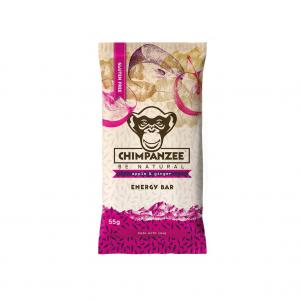
Energy Bar - Apple & Ginger
Product detail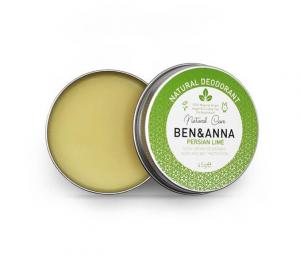
Cream deodorant Persian lime (45 g)
Product detail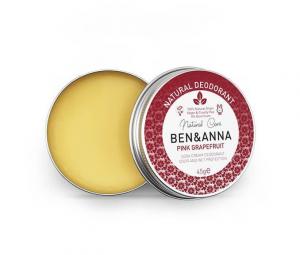
Pink Grapefruit Cream Deodorant (45 g)
Product detail
Toothpaste mint sensitive 75ml BIO, VEG
Product detail